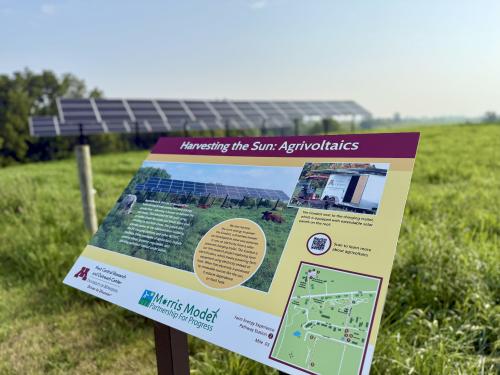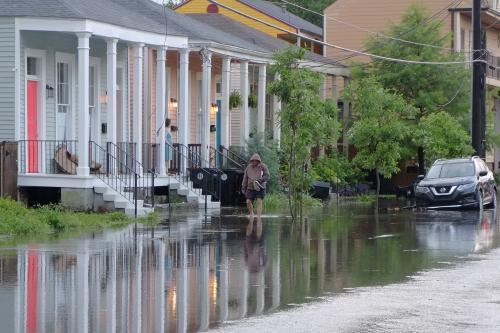The Rio Grande has long been a borderland where illicit goods flow north and south. Today it became a new axis for cooperation on a major global commons problem: climate change.
Today Mexico’s Secretary for Foreign Affairs José Antonio Meade Kuribreña and Secretary for Environment and Natural Resources Juan José Guerra Abud publicly launched Mexico’s national pledge on climate change ahead of the Paris negotiations scheduled for later this year. The launch of Mexico’s “Intended Nationally Determined Contribution”—or INDC according to the not too catchy lingo of the U.N. climate change negotiations—makes Mexico the first developing country to put forward an INDC. Only a few other countries have done the same. The United States is expected to roll out its INDC next week.
We will be closely examining this proposed contribution from Mexico in the days ahead. But at first blush we see this launch as an extraordinarily positive step. Most importantly, Mexico has put forward a peak year for its emissions, in 2026. This is four years ahead of China’s peak year of 2030, announced last November, and a significant pledge for a heavily industrial, oil-producing nation like Mexico.
Second, Mexico proposed to unconditionally reduce its emissions by 2030 by 22 percent below the “business as usual baseline” of 1990 levels. This relative target is not everything one might hope for, but given Mexico’s economic growth, there is reason to be cautiously positive about it. Also, Mexico revised its expected Business as Usual (BAU) levels for that date to a more realistic level, making this a somewhat more impressive announcement. Most importantly, Mexico is showing leadership among developing nations by being the first in that category to announce its INDC. It has shown leadership in recent years on the issue, including by introducing and passing an ambitious general climate change law.
Mexico also announced a 50 percent cut in its black carbon emissions. These gases cause immediate warming impacts, and are especially damaging for public health. So this commitment is significant and positive for people on both sides of the border.
An agreement on the INDCs was reached at last year’s climate change conference in Lima, Peru. Each nation agreed to submit an INDC in 2015, including details on how they will reduce their greenhouse gas emissions and adapt to the impacts. We believe that developing and assessing INDCs has the potential to be a transformative process for increasing climate action, and ensuring public education and participation along the way.
The INDCs present a strategic tool to build low-emission and resilient economies while combining climate and development objectives. Above all they are an opportunity to foster a national debate and democratize the climate change agenda across the region, which thus far has been driven predominantly by government officials, multilateral development bank consultants, and foreign nongovernmental organizations. Latin America’s private sector and sub-national actors including city administrations and civil society must have the opportunity to contribute their ideas. The extent to which these actors participate in the design of the INDCs will be an important mark of their credibility and legitimacy of those resulting INDCs.
Along these lines, Mexico laid out in detailed reporting how it will meet its pledge, and is including a public comment period for collecting input on the plan. This is a great example for all nations as they prepare their INDCs.
In February, Mexico held a public consultation on the design of its INDC. We understand that Mexico’s INDC will now put out for public comment, which will be received through September. The ongoing involvement of Mexican civil society and other interested non-state actors will be important to ensure Mexico’s INDC process is inclusive.
It is unlikely that climate change will be on the official agenda at the Summit of the Americas early next month in Panama. However, essential conversations on climate change will take place in the corridors. Mexico’s pioneering launch of its INDC is perfectly timed and shows how it can be a bridge between countries of the region to increase cooperation and constructive diplomacy on climate change.
More broadly, today’s announcement shows some promise of strengthening the positive cycle in the negotiations which began with the Ban Ki-moon summit in New York in September and the U.S.-China announcement last November. The prospect of a positive interaction spanning the Rio Grande can provide the impetus needed in other nations north and south of the great global divide.
The Brookings Institution is committed to quality, independence, and impact.
We are supported by a diverse array of funders. In line with our values and policies, each Brookings publication represents the sole views of its author(s).




Commentary
New leadership on climate as Mexico launches its National Contribution for climate deal in Paris
March 27, 2015